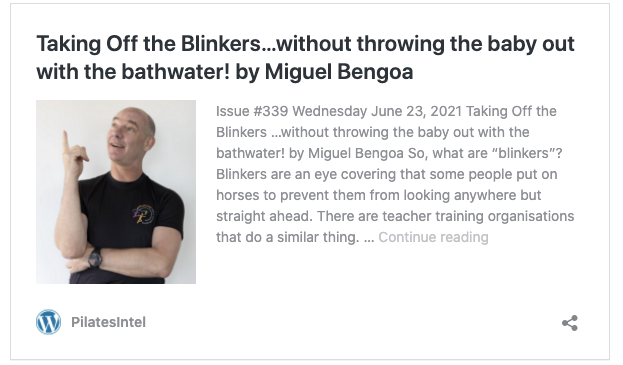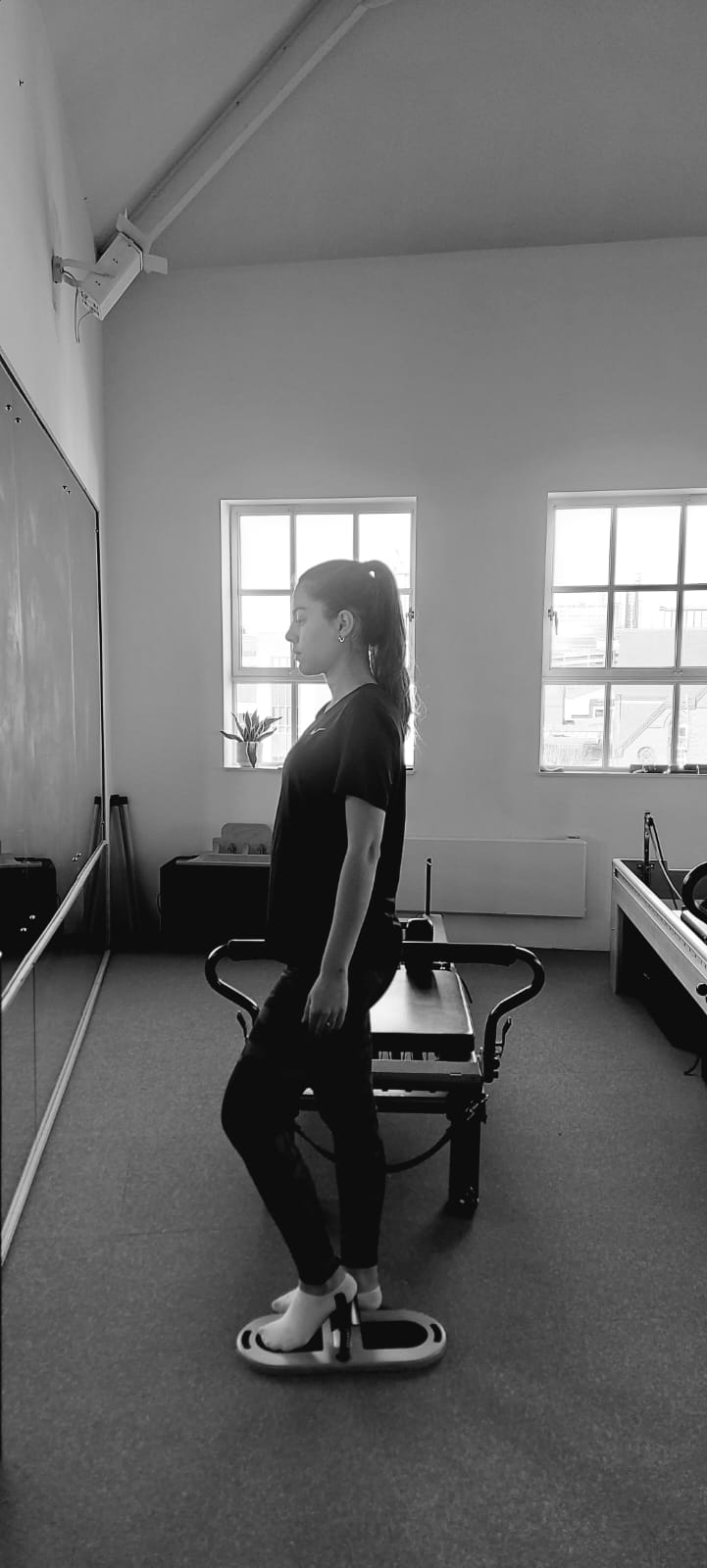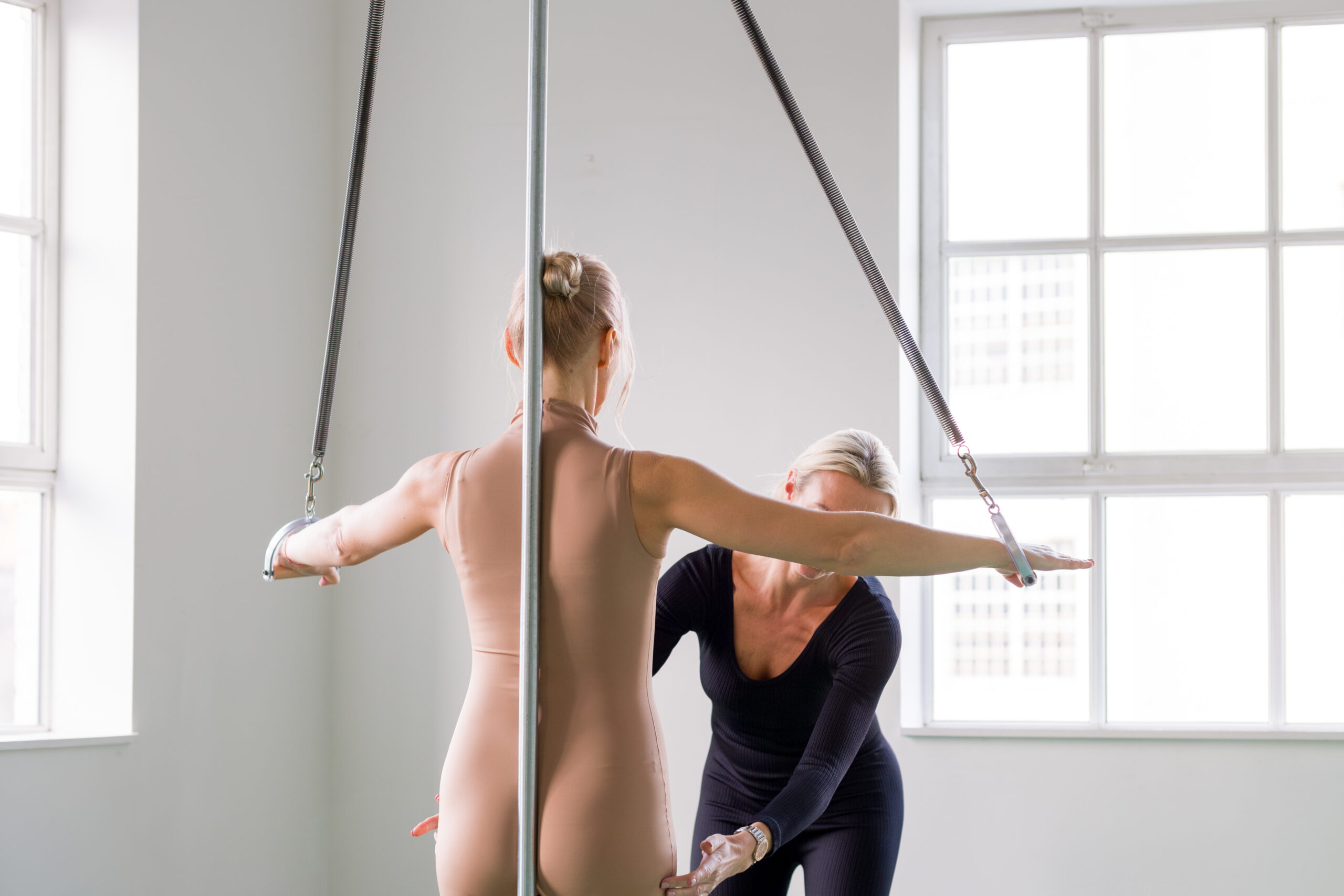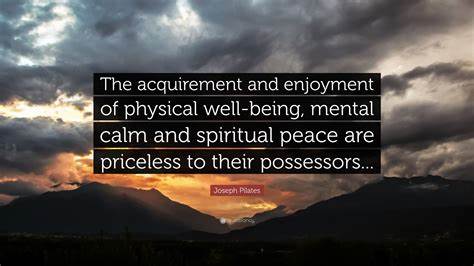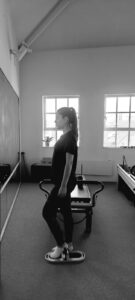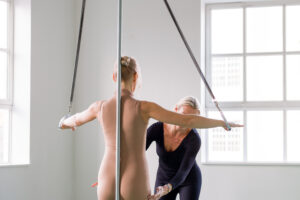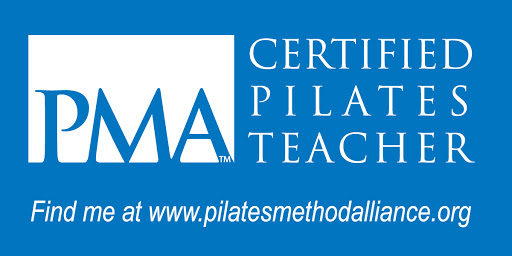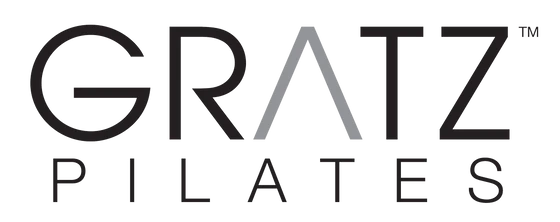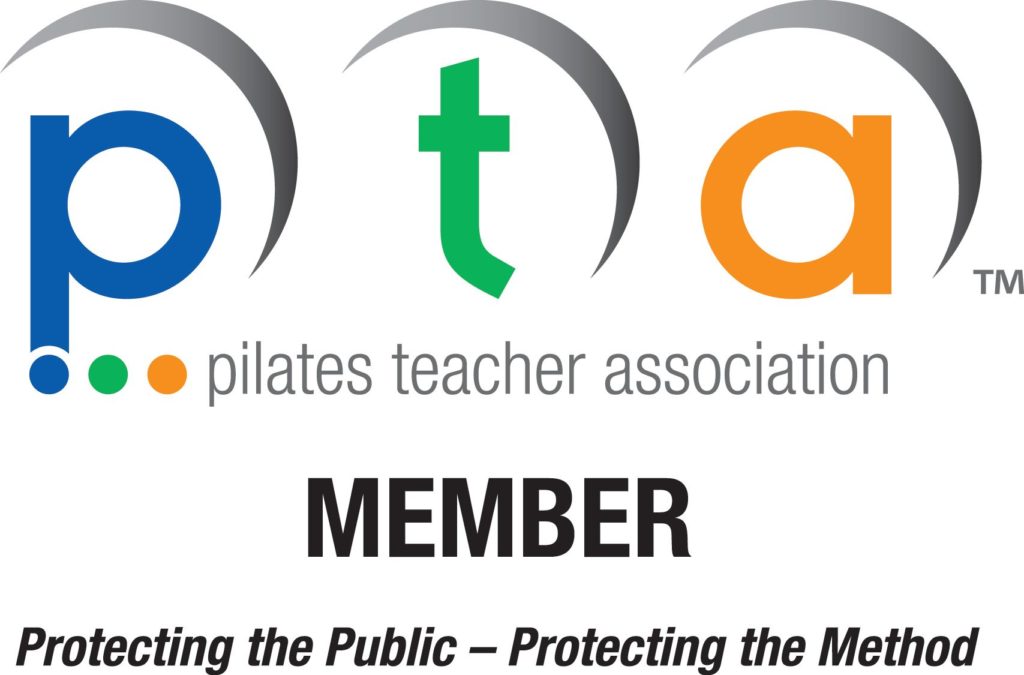Hi everyone,
Here’s an article I had published in PilatesIntel: a very valuable Online Pilates Magazine that is worth subscribing to!
The original article can be found here (click on the link)…
Taking Off the Blinkers…without throwing the baby out with the bathwater! by Miguel Bengoa
Taking Off the Blinkers
…without throwing the baby out with the bathwater!
So, what are blinkers? Blinkers are the eye-covering that some people put on horses to prevent them from seeing all around. There are teacher training organisations that do a similar thing. They insist on trainees staying with that same organisation and they devalue others.
That didn’t quite happen to me, but I was forced to step out of my own comfort zone…
You can learn every exercise on every piece of equipment, but still not know Pilates…
Why write this article?
It’s a long story, but I had to re-evaluate all my Comprehensive training as I found myself in a different country. As an outsider, I came to the conclusion that many Pilates training organisations actually trap people into their orbit and teachers trained under a particular training organisation become very loyal to the point of becoming blinkered to anything outside.
This makes good business sense for a teacher training provider, but isn’t so good for teachers…
So, what did I learn since my own training?
The first point is the absolute key. It summarises all the other points:
- I used to trust my instinct and knowledge to do what seemed logical.
Now, I spend my time trying to understand why the order and the exercises are the way that they are. The emphasis is totally different. Although knowledge of sport science, anatomy and physiology IS important, it doesn’t make a you a great Pilates teacher. Knowing the Pilates Method does make you a great teacher. And you can’t learn the method if you’re changing and adapting it.
- I’ve become a Pilates detective.
There are many things that I just don’t understand. A good example is why does “Running” come towards the end of the Reformer order of exercises, instead of at the beginning, after the Footwork series?
Previously, I’d change the order. Now, I try to understand why, I’d look for clues and try to understand.
- What’s Pre-Pilates vs Pilates? Was the difference that Joe created some exercises and others came later? Were these additions due to advances in science?
Now I recognise that Pre-Pilates is more atomised and single muscle group focussed whereas Pilates is more holistic. Pilates is part of a repertoire. Pilates requires apparatus.
Not just that, but whether or not something is or isn’t Pilates is an important question if you’ve come to see Pilates as a system rather than standalone exercises.
There is no black and white answer, but rather a series of questions about the apparatus and the exercisees you can ask to find our how close:
-
- Are the exercises taught on apparatus that is identical to the original designs? – it the answer is “yes” then it’s more closer to Pilates than Pilates taught without apparatus or on non-original designs. My Reformers and Cadillac are not original designs, though they are very good, so although I teach the original exercises, what I teach couldn’t be called Classical Pilates…
- Are the exercises the same that Joseph Pilates taught? And in the same order? If so, then you can say that that is more like Classical Pilates. If not, you could describe them as Pilates Based exercises…
- I knew that there was a Matwork Repertoire, but never realised that there was a standard Repertoire for the Reformer. I find it surprising that this wasn’t really a part of my original training…
There is a Mat and Reformer repertoire and it’s pretty standardised. This provides learning objectives and a syllabus – there’s a need to THINK about and PLAN how you’re going to teach the subject matter, yes, but there’s no need to ever plan the subject matter – because it’s already there. Gone is the need to reinvent the wheel for every client. There’s a syllabus to plan from and objectives to work towards.
- I know what IS and what ISN’T Pilates. Creativity is a wonderful thing but there are Sources and these sources give us what Pilates actually is. And if you’re a Pilates teacher, then you should be teaching Pilates…. the exercises or the oder are not an area for creativity or originality, but how they are taught to people is where the creative juices need to flow.
A more Classical approach made me feel much more confident in what I was actually teaching and where I was taking the students. Previously, I was without direction. Now, the direction is clearly signposted. There is a repertoire and there is an order.
- I didn’t know what an exercise was! Stomach Massage: one or five exercises? Footwork – is it a series or is it variations? What about Rowing?
From the outside, it might sound like an elementary question to be asking, but there are people that claim that in reality there is just one eercis in Pilaters and everything else is layers and variations – I get that now! And it’s made teaching so much easier!
- Pilates is much more than just the exercises. I learned that there are “concepts”.
As Eve gentry said: “You can learn every exercise on every piece of equipment, but still not know Pilates”. I’m not talking about “Pilates Principles”, but how the Mind, Body and Spirit coordinate together (more here). Pilates is much more than the sum of the exercises. which made everything so much easier to understand than the atomistic and reductionistic muscle activation that was a part of my initial training.
- In my own personal practice, I used to duck out of stuff that I didn’t enjoy…
But now, it’s more difficult to pick and choose. The things that I used to duck out of are now irrefutably goals to be achieved…
- The concept of Neutral Pelvis drove me mad for years. I just couldn’t get my head around it.
On one hand, Pilates was telling me to move, move, move! On the other hand, the neutral spine concept was telling me to be static.
I see now that we spend our time moving in and out of it not actually staying fixed in Neutral Pelvis. Pilates is movement, not static positions. It’s become a non-issue.
- I was over-teaching and over-correcting and trying to get each exercise as perfect as possible.
Now, I’m not focussed on teaching just exercises, but on teaching a system. I’m teaching the Big Picture as well as the small stuff. I can take a step back and say: “just get the basic stuff going first, and then we’ll start adding more and more layers to what we’re doing. Look… ”don’t fuss about being perfect – just move!”. Clients become students of The Method with the aim of getting them independent in their practice ASAP. Give a fish or teach them to fish?
- I was looking for the “Holy Grail” of Pilates…
There isn’t one! But you can get closer to The Source. There is only One Source. Other great voices have added to the Original Source just like tributaries add to the great river. And some subsidiaries have left The Source and followed their own river bed and others have become stagnant ponds…
This is what I learned – the short version!
- Get lessons from teachers from a different background: be international!
- Find connections between different exercises.
- Step beyond your training.
- It’s all in The Practice. If there is a Holy Grail, that’s it!
There are many people that deserve credit for helping me learn over these four years, but Julie Driver & Lesley Logan deserve special mention, but perhaps most credit belongs to my students.

